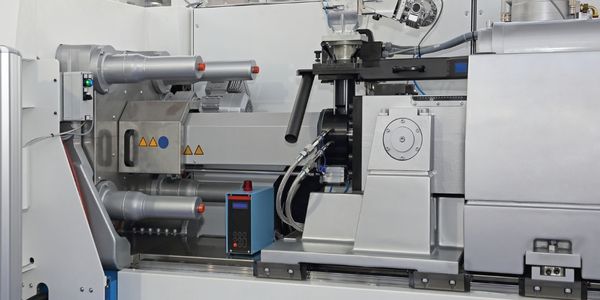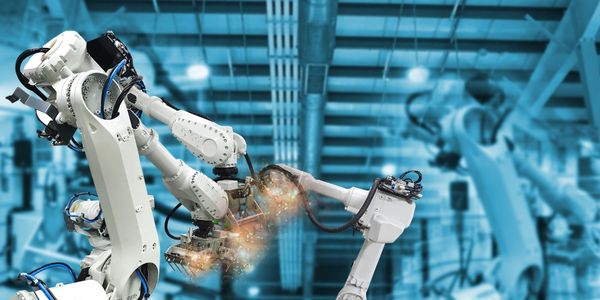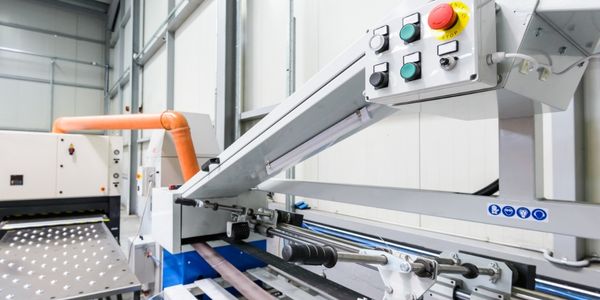公司规模
SME
地区
- America
国家
- United States
产品
- Acumatica Cloud ERP
- Acumatica Financial
- Acumatica Distribution
- Acumatica CRM
- Fusion Warehouse Management System
技术栈
- Cloud Computing
- ERP Systems
- Barcode Scanning
实施规模
- Enterprise-wide Deployment
影响指标
- Productivity Improvements
- Customer Satisfaction
技术
- 平台即服务 (PaaS) - 数据管理平台
- 平台即服务 (PaaS) - 连接平台
适用功能
- 离散制造
用例
- 自动化制造系统
- 库存管理
服务
- 云规划/设计/实施服务
- 系统集成
关于客户
Demtech Services 是一家专门制造机器的公司,该机器用于将厚塑料衬板焊接在一起,用于垃圾填埋场和其他需要防水防潮地面保护的操作。该公司成立于 1999 年,拥有 45 名员工。它在加利福尼亚州和俄亥俄州设有办事处,并设有移动部门,为现场客户提供销售和服务。Demtech 还在墨西哥、南美、英国、北非、中国、东南亚和澳大利亚设有分销商。
挑战
Demtech Services 是一家专业塑料焊接机制造商,由于其会计软件 QuickBooks 的局限性,该公司面临着挑战。随着公司的发展,它发现 QuickBooks 无法满足其需求,特别是在财务控制和问责制方面。该软件允许任意进行更改,没有任何财务控制或问责制,这不适合成长中的公司。此外,随着 Demtech 扩大其办事处并增加现场员工,它发现 QuickBooks 无法满足其管理多个仓库的需求。
解决方案
Demtech Services 决定改用 ERP 系统,并选择了 Acumatica Cloud ERP。该公司考虑过 SaaS 部署,但最终选择了私有云本地部署,因为他们希望控制自己的服务器,同时仍能实现基于 Web 的 ERP 解决方案的优势。除了 Acumatica Financial、Distribution 和 CRM 套件外,Demtech 还实施了带有无线条码扫描仪的 Fusion 仓库管理系统。该公司计划在未来增加制造组件。
运营影响

Case Study missing?
Start adding your own!
Register with your work email and create a new case study profile for your business.
相关案例.

Case Study
Plastic Spoons Case study: Injection Moulding
In order to meet customer expectations by supplying a wide variety of packaging units, from 36 to 1000 spoons per package, a new production and packaging line needed to be built. DeSter wanted to achieve higher production capacity, lower cycle time and a high degree of operator friendliness with this new production line.

Case Study
Robot Saves Money and Time for US Custom Molding Company
Injection Technology (Itech) is a custom molder for a variety of clients that require precision plastic parts for such products as electric meter covers, dental appliance cases and spools. With 95 employees operating 23 molding machines in a 30,000 square foot plant, Itech wanted to reduce man hours and increase efficiency.

Case Study
Hospital Inventory Management
The hospital supply chain team is responsible for ensuring that the right medical supplies are readily available to clinicians when and where needed, and to do so in the most efficient manner possible. However, many of the systems and processes in use at the cancer center for supply chain management were not best suited to support these goals. Barcoding technology, a commonly used method for inventory management of medical supplies, is labor intensive, time consuming, does not provide real-time visibility into inventory levels and can be prone to error. Consequently, the lack of accurate and real-time visibility into inventory levels across multiple supply rooms in multiple hospital facilities creates additional inefficiency in the system causing over-ordering, hoarding, and wasted supplies. Other sources of waste and cost were also identified as candidates for improvement. Existing systems and processes did not provide adequate security for high-cost inventory within the hospital, which was another driver of cost. A lack of visibility into expiration dates for supplies resulted in supplies being wasted due to past expiry dates. Storage of supplies was also a key consideration given the location of the cancer center’s facilities in a dense urban setting, where space is always at a premium. In order to address the challenges outlined above, the hospital sought a solution that would provide real-time inventory information with high levels of accuracy, reduce the level of manual effort required and enable data driven decision making to ensure that the right supplies were readily available to clinicians in the right location at the right time.

Case Study
Fully Automated Visual Inspection System
Tofflon has developed a fully automatic machine that uses light to inspect vials, medicine bottles, or infusion containers for glass fragments, aluminum particles, rubber grains, hairs, fibers, or other contaminants. It also detects damaged containers with cracks or inclusions (microscopic imperfections), automatically removing faulty or contaminated products. In order to cover all production processes for freeze-dried pharmaceuticals, Tofflon needed to create an open, consistent, and module-based automation concept.

Case Study
SAP Leonardo Enabling Rocket Science
At times, ULA has as many as 15 different operating systems dedicated to overlapping processes, such as rocket design, testing, and launch. Multiple systems created unnecessary costs and unwanted confusion among workers at offices, factories, and launch sites in different location. In order to improve collaboration and transparency during vital activities that directly influence mission success, ULA wanted to improve data sharing and streamline manufacturing processes.








